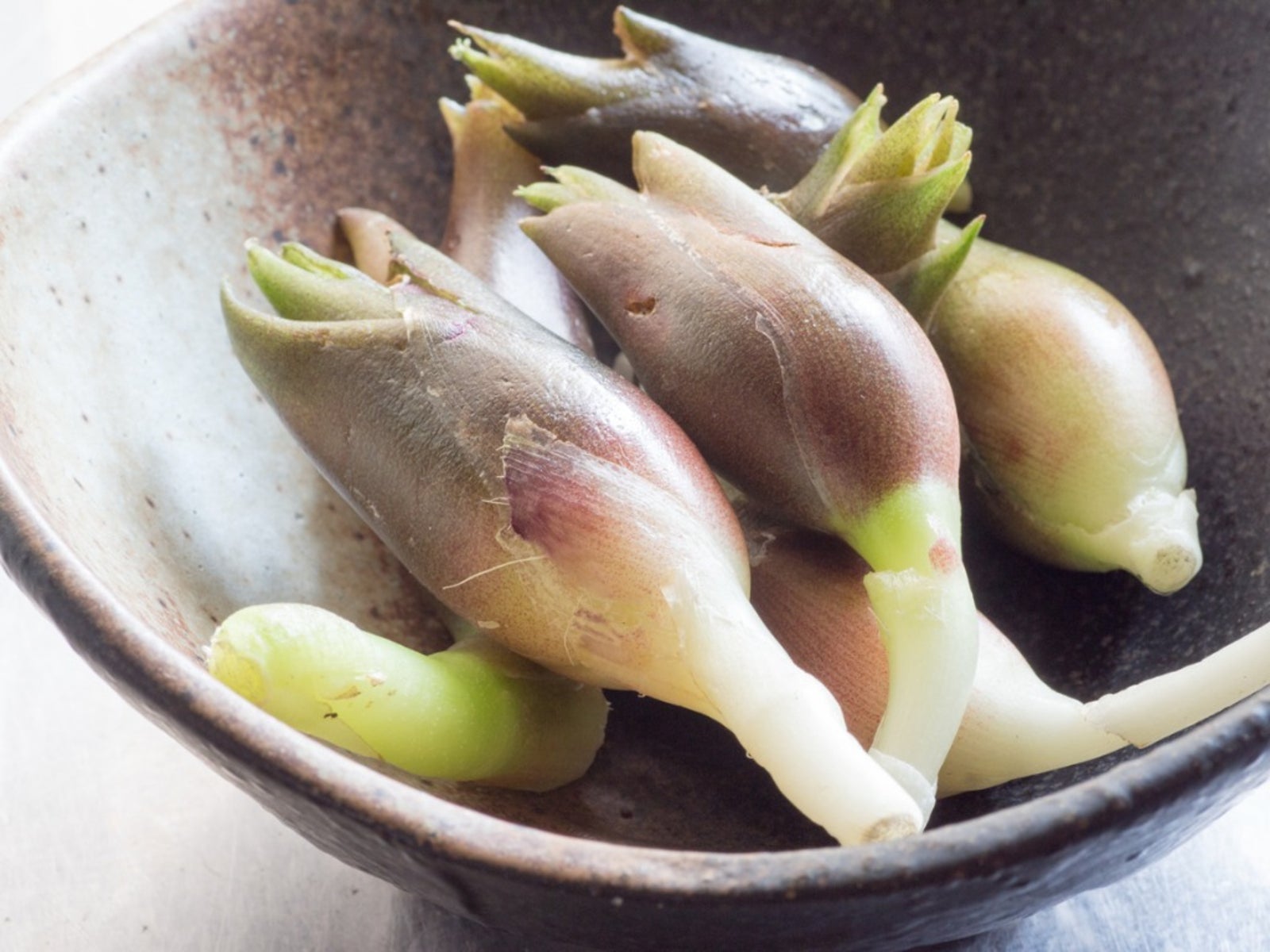Japanese Ginger Info: How To Grow Myoga Ginger Plants


Japanese ginger (Zingiber mioga) is in the same genus as ginger but, unlike true ginger, its roots are not edible. The shoots and buds of this plant, also known as myoga ginger, are edible and can be used like an herb in cooking. Japanese ginger uses aren’t limited to food, though; this pretty perennial can also add visual interest to the garden.
What is Japanese Ginger?
Japanese ginger, which is also called myoga ginger or just myoga, is a perennial, herb-like plant native to Japan and the Korean peninsula. It has not been common in the U.S. but is now easier to find in nurseries. You can grow myoga outdoors in partially shady beds or in containers – indoors or outdoors. They will grow to about 18 inches tall (46 cm.) but may grow twice as tall if you use fertilizer. The buds and young shoots are harvested for eating.
How to Grow Myoga Japanese Ginger
Myoga is hardy to zones 7 to 10, but it is also well suited to growing in containers that can be moved indoors to avoid freezing. Use rich soil that drains well, but that will stay moist, and choose a location that is at least in partial shade throughout the day. You can fertilize myoga to get it to grow taller, but frequent fertilization is not necessary. If you will not be harvesting the buds of your myoga, you can expect to get pretty, blooming flowers in the summer.
Japanese Ginger Info for Cooking
This ingredient is much more common in the plant’s homeland of Japan, so to get it in other places you may need to grow myoga in your garden or in a container. Although this isn’t a true ginger, the flavor of the flower buds is reminiscent of ginger root but also tastes a little bit like onion. A common use for it is in thin slices to garnish savory dishes and add subtle flavor. Use it to top salads, noodle dishes, and any other dish you would use green onion slices to garnish or flavor. Growing myoga ginger is a great choice whether you want to enjoy the tasty buds or not. In a warm, shady garden, these plants add interesting foliage and height as well as late summer flowers.
Sign up for the Gardening Know How newsletter today and receive a free copy of our e-book "How to Grow Delicious Tomatoes".

Mary Ellen Ellis has been gardening for over 20 years. With degrees in Chemistry and Biology, Mary Ellen's specialties are flowers, native plants, and herbs.